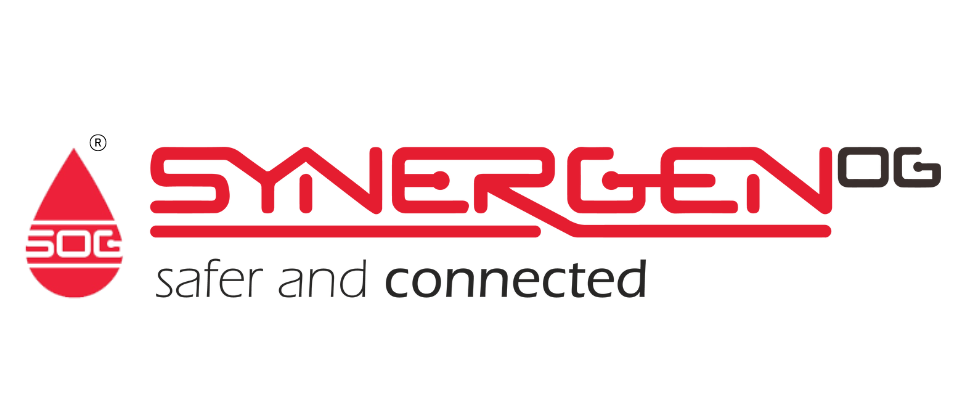- What is risk assessment?
Risk Assessment is the thorough and detailed process/assessment of hazard identification (HAZID), risk analysis, and risk evaluation.
- What is risk assessment in technical risk management?
Risk assessment is a term used to describe the overall process or method in technical risk management where we identify hazards and risk factors that have the potential to cause harm (hazard identification – HAZID); analyze and evaluate the risk associated with that hazard (risk analysis, and risk evaluation): and determine appropriate ways to eliminate the hazard, or control the risk when the hazard cannot be eliminated (risk control).
- What are the elements of a risk assessment?
Elements of risk assessments are:
- Identify Hazard
- Assess Hazard
- Control Risks
- Review Risk
- What are the principles of risk assessment?
Hazard Identification (HAZID), Assessment of Hazard and Risk, Control of Risk, and Review of the control effectiveness are the principles of Risk Assessment.
- What are the risk assessment methods?
There are 3 main types of Risk Assessment tools, namely qualitative i.e. using matrices and hazard identification (HAZID) techniques featuring guidewords, semi-quantitative i.e. where word descriptors are associated with numerical ratings and Quantitative Risk Assessment (QRA) which is based on detailed consequence modelling and frequency analysis.
- What are the benefits of risk assessment?
Some of the benefits of Risk Assessment include maximising safety at minimum cost, helping to aid in decision making, calculating risk exposure and insurance requirements, as well as fulfilling certain legal requirements.
- When should you do a risk assessment?
Risk assessment can be conducted following the identification of major accident hazards within the facility. The Risk Assessment can be revisited in the event of a major change such as new machines, substances, and processes that could potentially lead to a major accident.
- What are the technical risk management tools?
Technical Risk Management Tools include Hazard Identification (HAZID), Hazard and Operability Study (HAZOP), Consequence Modelling, Quantitative Risk Assessment (QRA), Layers of Protection Analysis (LOPA), Safety Integrity Level (SIL) Analysis, Failure Mode and Effects Analysis (FMEA) and societal risk (FN Curves).
- What is quantitative risk assessment?
Quantitative Risk Assessment (QRA) is a formal and methodical method to estimate the likelihood and consequence of potential hazards that could lead to major accidents. The output from this assessment is expressed quantitatively as a risk to personnel/human, environment, or financial loss. Critical assumptions and risk driving elements are also identified to assess the robustness and validity of the results.
- How do you do a quantitative risk assessment?
Quantitative Risk Assessment (QRA) is summarised in these steps:
- Hazard Identification (HAZID), to determine hazard and categorisation of MAH
- Release Frequency Analysis, to calculate the total release frequency for all release scenarios through part counts
- Consequence Modelling, to model the consequences (JF, FF, PF, EX)
- Event Tree Analysis, to determine the potential end event likelihood
- Risk Assessment, to estimate the fire impairment and personnel risk during the loss of containment
- What is BowTie risk assessment?
The BowTie Risk Assessment is a diagram method that can be used to analyse and demonstrate causal relationships in high-risk scenarios. The diagram is shaped like a Bow-Tie, creating a clear differentiation between proactive and reactive risk management.
- What is BowTieXP?
BowTieXP is the most used Risk Assessment software that is based on the BowTie Method to assess risk. It allows users the ability to visualize complex risks in a clear way while still being detailed.
- About
- Services
- Process Safety Management
- Technical Risk
- Fire and Explosion Risk Assessment (FERA)
- Escape, Evacuation and Rescue Analysis (EERA)
- Emergency System Survivability Analysis (ESSA)
- Flare Radiation and Vent Dispersion Study (FLARE Study)
- Gas Dispersion Modelling (In 2D and 3D Forms)
- Quantitative Risk Assessment (QRA)
- Temporary Refuge Impairment Analysis (TRIA)
- Non-Hydrocarbon Hazard Analysis (NHHA)
- Loss Prevention
- Operational Safety
- Process Safety Consulting
- Training
- Portfolio
- Software Solutions
- Library
- Contact


